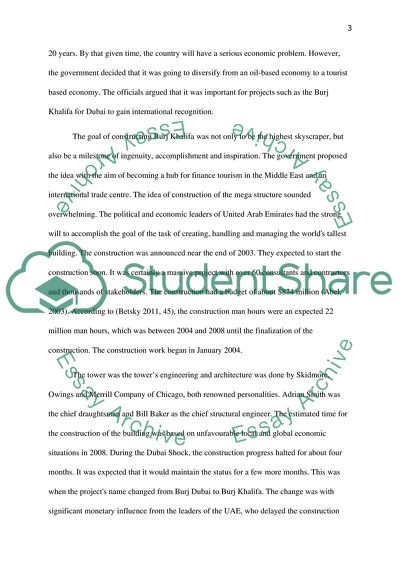Cite this document
(The Burj Khalifa Coursework Example | Topics and Well Written Essays - 3000 words, n.d.)
The Burj Khalifa Coursework Example | Topics and Well Written Essays - 3000 words. https://studentshare.org/architecture/1818807-professionalism-values-and-ethics
The Burj Khalifa Coursework Example | Topics and Well Written Essays - 3000 words. https://studentshare.org/architecture/1818807-professionalism-values-and-ethics
(The Burj Khalifa Coursework Example | Topics and Well Written Essays - 3000 Words)
The Burj Khalifa Coursework Example | Topics and Well Written Essays - 3000 Words. https://studentshare.org/architecture/1818807-professionalism-values-and-ethics.
The Burj Khalifa Coursework Example | Topics and Well Written Essays - 3000 Words. https://studentshare.org/architecture/1818807-professionalism-values-and-ethics.
“The Burj Khalifa Coursework Example | Topics and Well Written Essays - 3000 Words”. https://studentshare.org/architecture/1818807-professionalism-values-and-ethics.


